India is in the process of converting an archaeological site in the city of Vadnagar, Gujarat, into an experiential museum for the public.
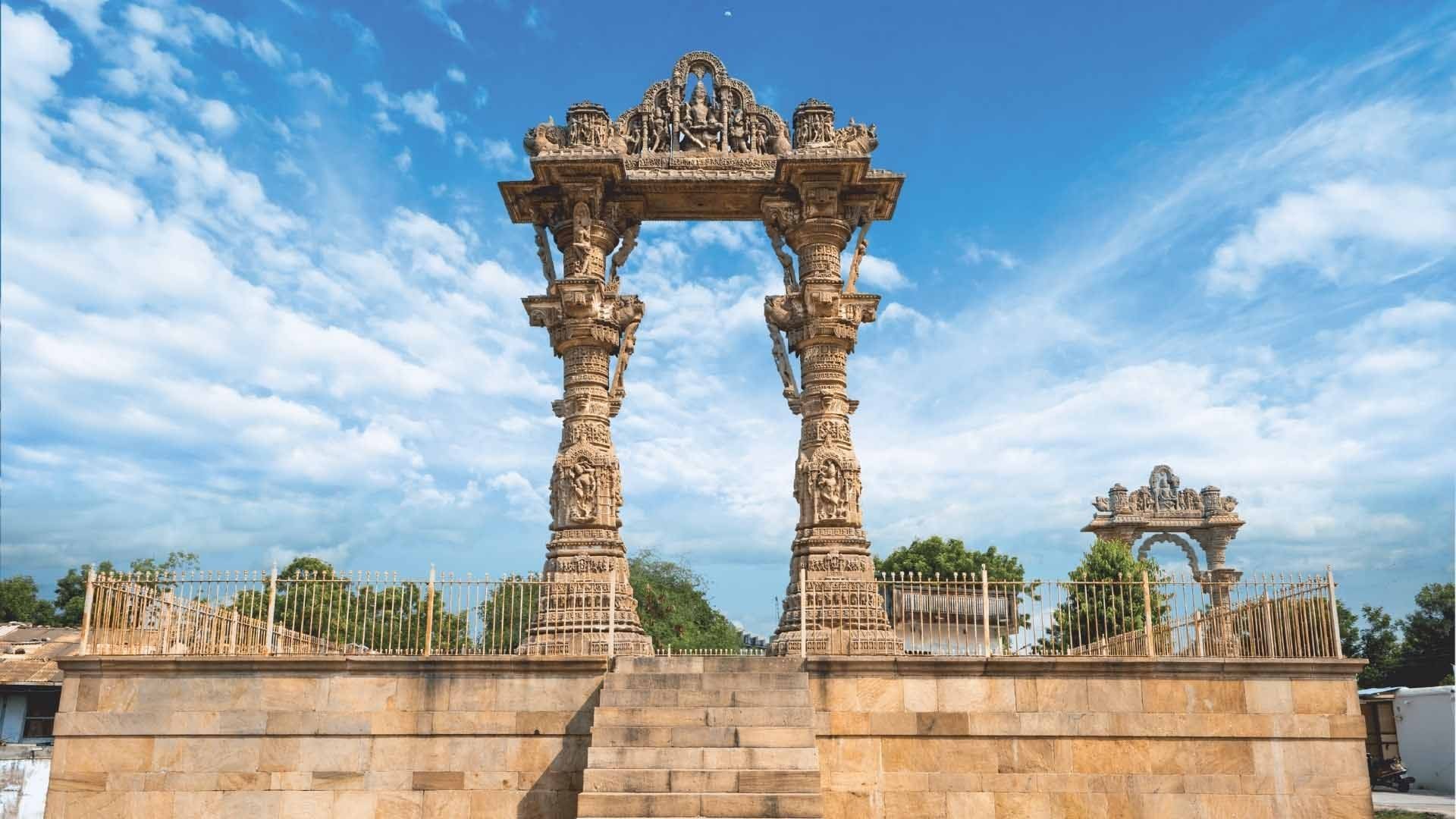 |
| A historical site in Vadnagar. (Source: Vadnagarnovarso.com) |
About 100 km from the capital Ahmedabad, Vadnagar in the Mehsana district of the western Indian state of Gujarat is a historic town with a population of about 28,000.
Vadnagar and the Sun Temple in Gujarat, along with rock relief sculptures at Unakoti in Tripura, were added to the UNESCO World Heritage nomination list in December 2022, Archaeological Survey of India (ASI) officials said.
Heritage City
Vadnagar lies within the walls of the ancient fort which has six gates namely Arjun Bari, Nadiol, Amarthol, Ghaskol, Pithori and Amarthol. Of these, the area with Amarthol gate is the oldest area of Vadnagar.
India's long history has left behind a large number of relics that help historians learn about the influence of the ancient Ganges country. Archaeological excavations have helped reveal the mysteries of the homeland of current Prime Minister Narendra Modi.
According to Indian news agency PTI , the first archaeological excavation was carried out in Vadnagar in 1953-54. The Gujarat Archaeological Survey conducted excavations at several sites from 2005-06 to 2012-13, “establishing a cultural sequence spanning 2,500 years.”
In 2008, excavations found “important discoveries of an ancient Buddhist monastery and joss-paper stupas, established around the 1st century AD and continuing until the 7th century AD.”
“We discovered a grey stone slab with a carving of a monkey offering honey to Lord Buddha while he was meditating in the forest,” said Ydubirsingh Rawat, head of the Gujarat Archaeology Department, to Deshgujarat.com. The slab is believed to be around 1,900 years old.
Gujarat is home to a number of Buddhist statues and ancient relics. “At three different excavation sites in Vadnagar, we have discovered around 2,000 important artifacts of various genres, of different art traditions, with the largest number being ancient Buddhist art,” said Mr. Rawat.
Taking over excavations since 2014, ASI has uncovered early defensive structures, sustainable water management solutions (connecting artificial lakes), a shell bracelet industry, and external maritime trade links.
Members of the ASI Gujarat archaeological project said that five sites have been discovered, dating back to the 13th or 19th century. Besides, the team found a metallurgical artifact, an ancient wall, some artifacts including ancient vases, coins, beads, seals and human skeletons dating back to the 16th century.
In 2016, the ASI began a survey and excavation of structures in the area to find traces of ancient monasteries mentioned in the diaries of the Chinese monk Xuanzang, who visited the area in 632 AD and wrote that the city had a rich and prosperous history with numerous Buddhist temples.
Prime Minister Narendra Modi said in June 2017 that he wanted to build a large Buddha statue in the Aravalli district of Gujarat, where Buddhist relics were found during excavation.
The “dream” of the Indian prime minister is “to build a large Buddha statue in the area, so that people from all over the world can come here and worship.”
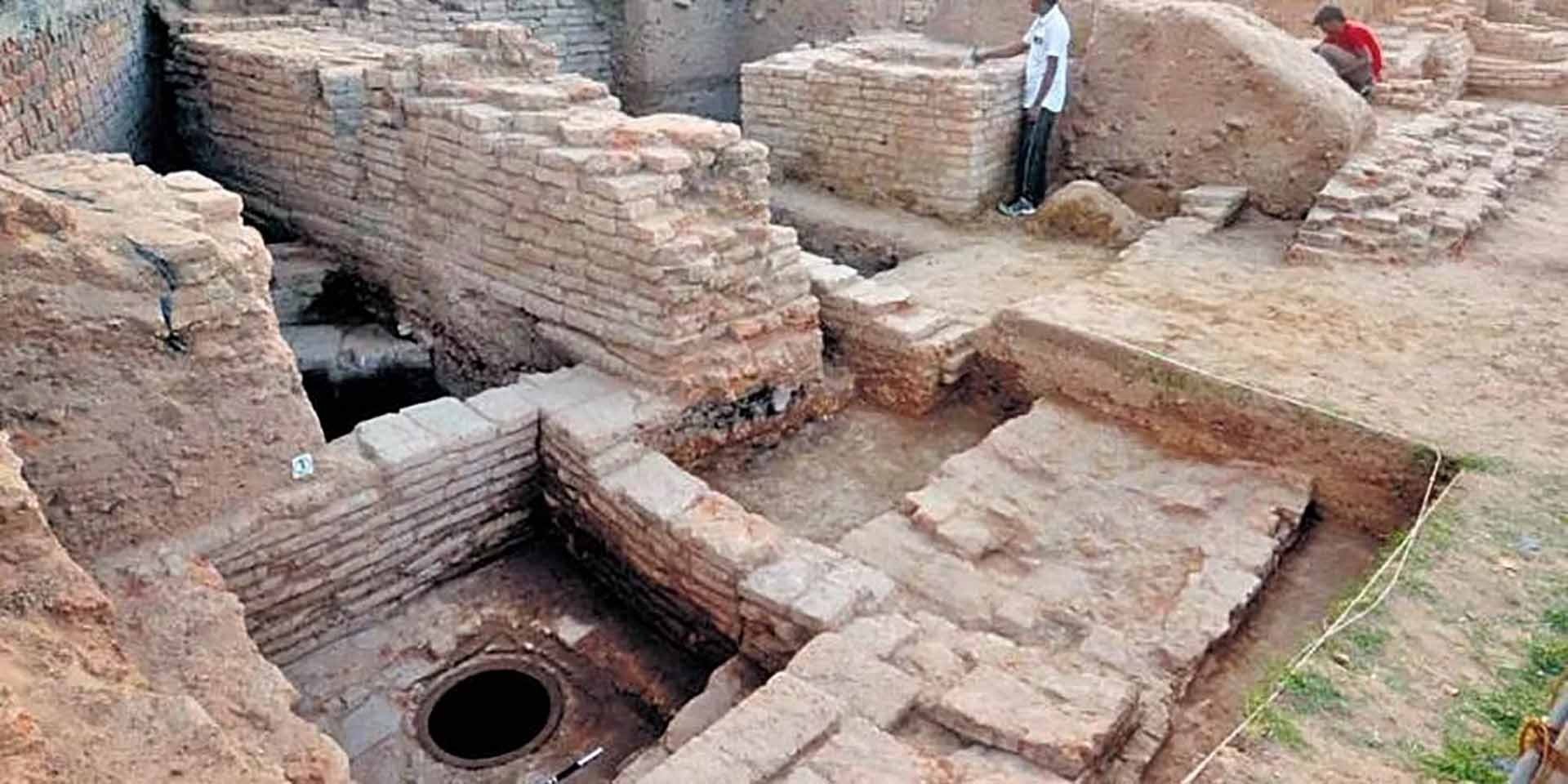 |
| Vadnagar: From Monument to Museum |
Experience through time
From November 2022, the Ministry of Culture of India through the Gujarat state government decided to build a modern archaeological experience museum in Vadnagar to showcase the development of the ancient city through the prism of seven cultural periods, spanning 2,500 years. In a written reply to a question in the Rajya Sabha (the upper house of the Indian parliament) in December 2022, Minister G Kishan Reddy said that the cost of the museum project is about 2,121 billion rupees (equivalent to about 25.54 million USD).
Based on excavations at the site near Ambaji Kotha lake and Vihar village, the site is being converted into India's first experiential archaeological museum, modelled on the famous Acropolis Museum in Athens, sources said.
The main museum building is built on an area of 13,525 m2, bringing the story of continuous human settlement at Vadnagar, while recreating the history and displaying important artifacts of ancient times with more than 40,000 artifacts recovered during excavation.
According to the design, the future museum will have many diverse contexts. The history of this land is divided into seven periods: pre-Rampart, Rampart, Kshatrapa, post-Kshatrapa, Solanki, Sultane Mughal and Gaekwad (names of ancient Indian kings). Each of these periods will have a separate gallery.
According to Indian Express , by February 2024, the first archaeological experiential museum in India will be ready to serve visitors. Besides viewing artifacts that testify to the rich history of Vadnagar, museum visitors will have the opportunity to experience the life of the ancient city through immersive technology such as augmented reality (AR) and virtual reality (VR), 3D screens, installations, models...
Source




![[Photo] General Secretary To Lam attends the 8th Congress of the Central Public Security Party Committee](https://vphoto.vietnam.vn/thumb/1200x675/vietnam/resource/IMAGE/2025/10/4/79fadf490f674dc483794f2d955f6045)
![[Photo] Solemn opening of the 8th Congress of the Central Public Security Party Committee, term 2025-2030](https://vphoto.vietnam.vn/thumb/1200x675/vietnam/resource/IMAGE/2025/10/4/f3b00fb779f44979809441a4dac5c7df)


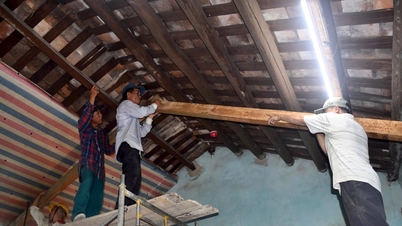





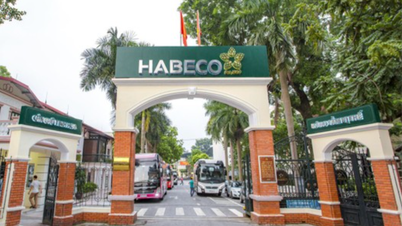

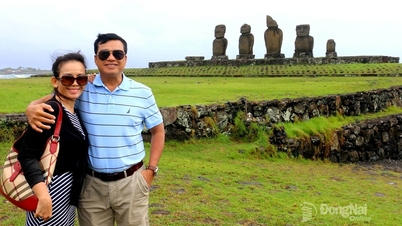





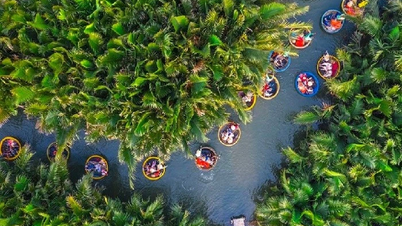

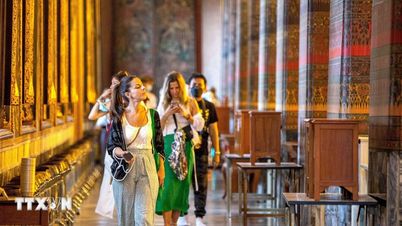
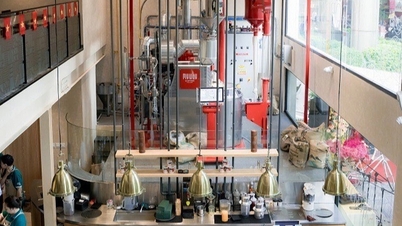

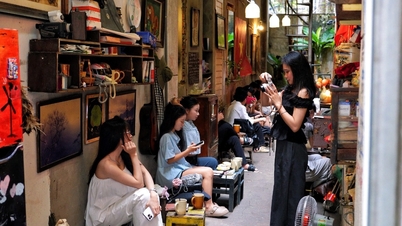




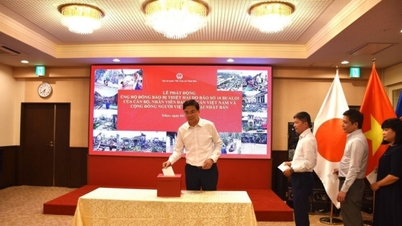
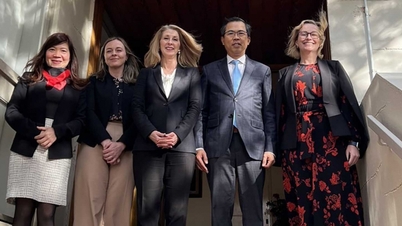
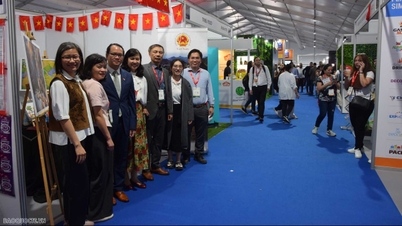
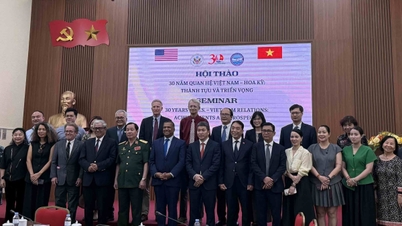
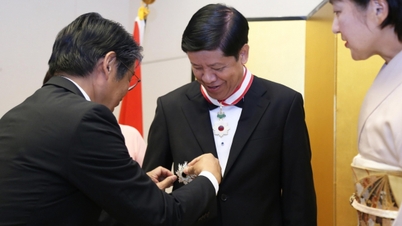
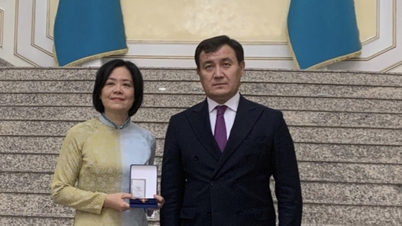
![[Photo] Students of Binh Minh Primary School enjoy the full moon festival, receiving the joys of childhood](https://vphoto.vietnam.vn/thumb/1200x675/vietnam/resource/IMAGE/2025/10/3/8cf8abef22fe4471be400a818912cb85)
![[Infographic] Notable numbers after 3 months of "reorganizing the country"](https://vphoto.vietnam.vn/thumb/1200x675/vietnam/resource/IMAGE/2025/10/4/ce8bb72c722348e09e942d04f0dd9729)












































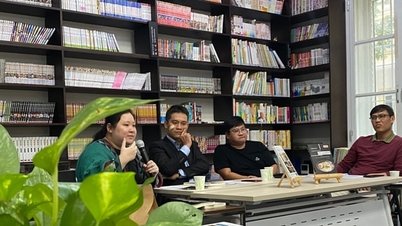


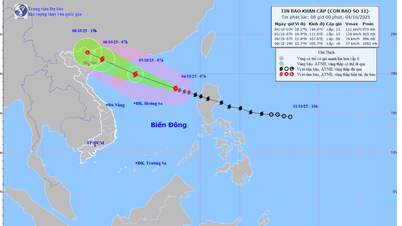











Comment (0)